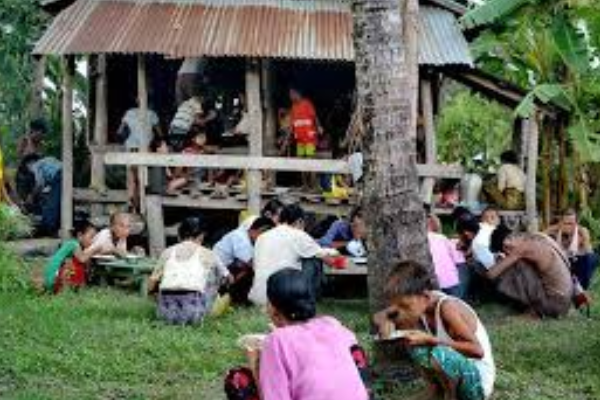According to a United Nations report, Myanmar’s war-torn Rakhine state may face imminent famine, putting more than two million people at risk of starvation.
Rice output in Rakhine, a western province bordering Bangladesh, has decreased due to seed and fertilizer shortages, extreme weather, and the displacement of people who can no longer farm, according to the United Nations Development Programme (UNDP).
It projected “famine conditions by mid-2025” if current levels of food insecurity are left unaddressed in the western state bordering Bangladesh that is home to the stateless Rohingya community.
Some two million people are at risk of starvation, UNDP added.
Aid agencies including the Red Cross have faced severe difficulties in assessing humanitarian needs and delivering aid due to restrictions from Myanmar’s military government.
Rice production in Rakhine has declined due to shortages of seeds and fertilisers, severe weather and the displacement of people who can no longer farm, the agency said.
Read Also

Aid agencies including the Red Cross have faced severe difficulties in assessing humanitarian needs and delivering aid due to restrictions from Myanmar’s military government.
The number of internally displaced people in Rakhine has risen by more than 60 percent from October 2023 to August this year, with more than 500,000 now relying entirely on aid, the UNDP said.
Since Nobel laureate Aung San Suu Kyi’s elected administration was overthrown by the military in 2021, huge protests in Myanmar have erupted into a multifront armed conflict.
Since the fighting resurfaced in Rakhine last November after a ceasefire between the military and the Arakan Army (AA) collapsed, there has been a rise in violence. Since then, rebel troops have advanced significantly.
Humanitarian help has become vital in Myanmar, where over three million people have been displaced and most of the country is in disorder.





